March 7 – March 14, 2020
Week Seven of our 30th Season
This year Aquatic Adventures embarks on its 30th year of providing our guests the unique opportunity to encounter the North Atlantic humpback whales on their breeding and calving grounds, the Silver Bank. As the season unfolds, we’ll be highlighting some of the various encounters and experiences of our guests each week. We hope you enjoy following along!
Familiar Friends and Full Moons
After 30 years on the Silver Bank, Tom Conlin and his team of cetacean specialists continue to gather information in order to try and understand the intricacies of humpback whale behavior. Part of this collection includes the ideas brought forward by guests and their observations while they are with us. Many of the guests on board have been here before; Marc and Andrea Robson are visiting us for their eleventh time! “We planned our trip around the moon phase; we heard that humpbacks are more active during a full moon.” We often joke about more activity due to the romantic atmosphere a full moon creates; they are here to mate after all. Although this information does not have any supporting data, and could be a response to other variables such as time of season, Marc and Andrea both agree that there was an abundance of whales on the Silver Bank this particular visit.
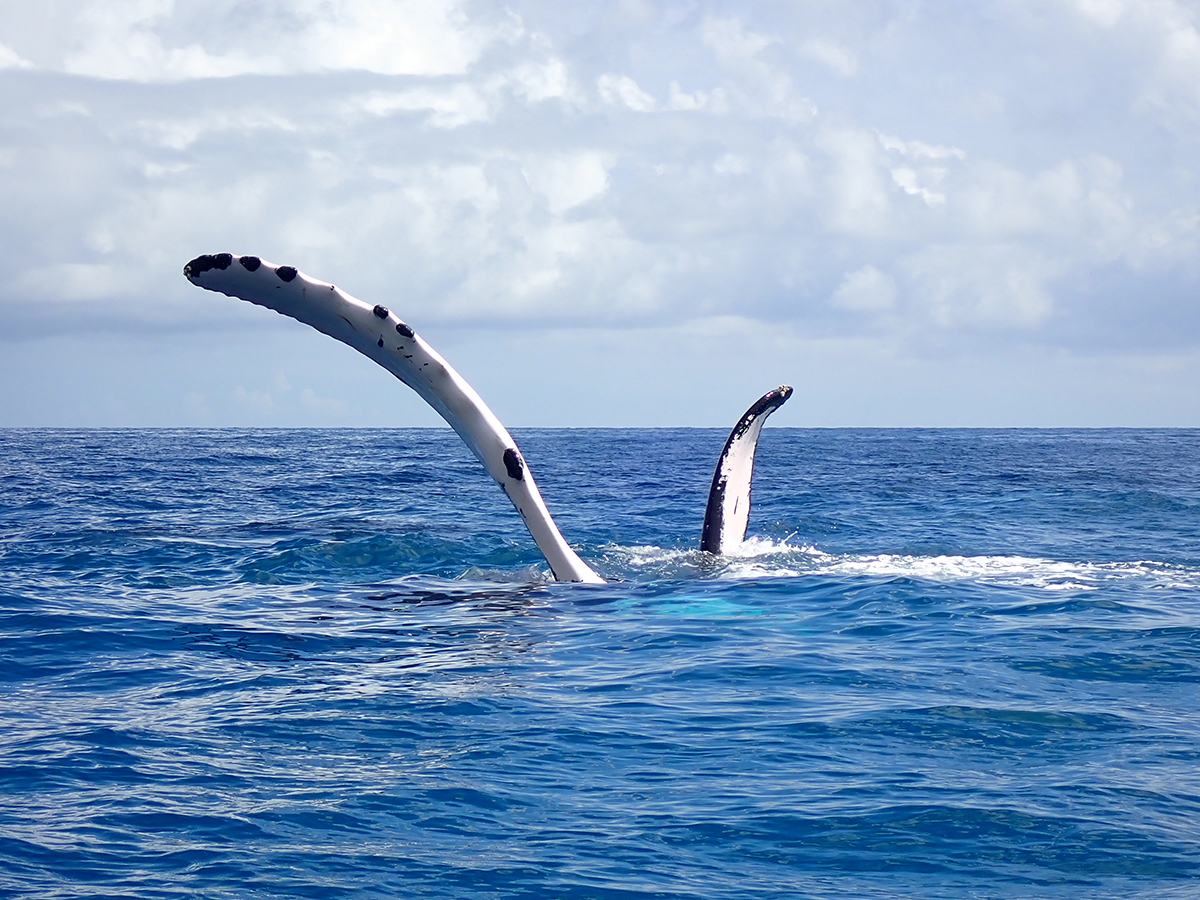
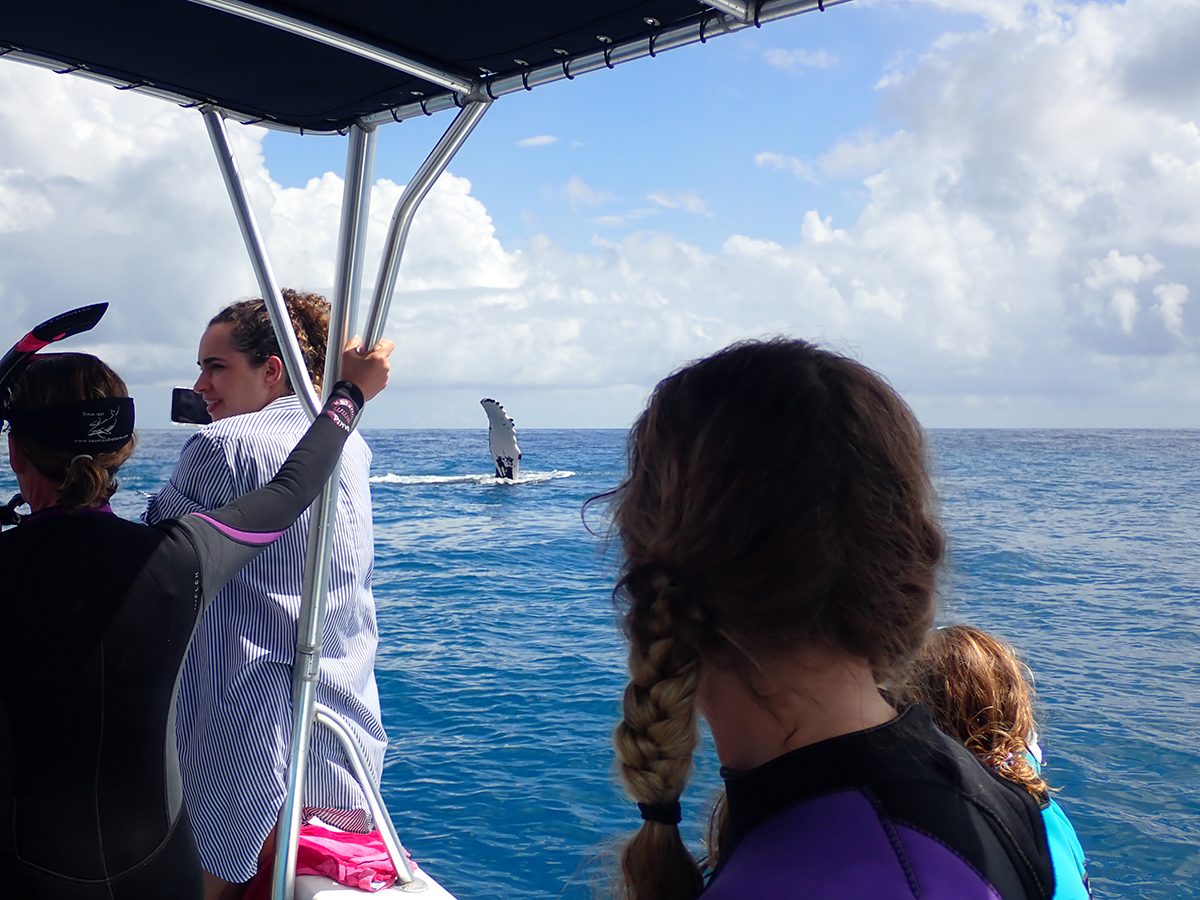
In addition to our many returning guests, we had a reappearance of another kind. A mother and calf we have seen almost every week for the past five weeks we have been out on the Silver Bank were once again encountered. The mother is recognizable by a large area of scarring on her back in front of her hooked dorsal fin. Her calf has become progressively more curious as the weeks have gone by. She (gender identified by the presence of a hemispherical lobe or bosc in the genital region that only exists on females) has a tendency to greet us by charismatically swimming by the tender and playing on the surface. When we are in the water with her she becomes inquisitive, swimming directly to the scout and circling the guests in a playful manner, rolling on the surface. We also came across a female resting vertically in the water as we had a few weeks ago; head towards the surface but this time with 4 males calmly circling her. We refer to this situation as a resting rowdy group, where the female is at rest and the males are breaking from their high-energy activity.
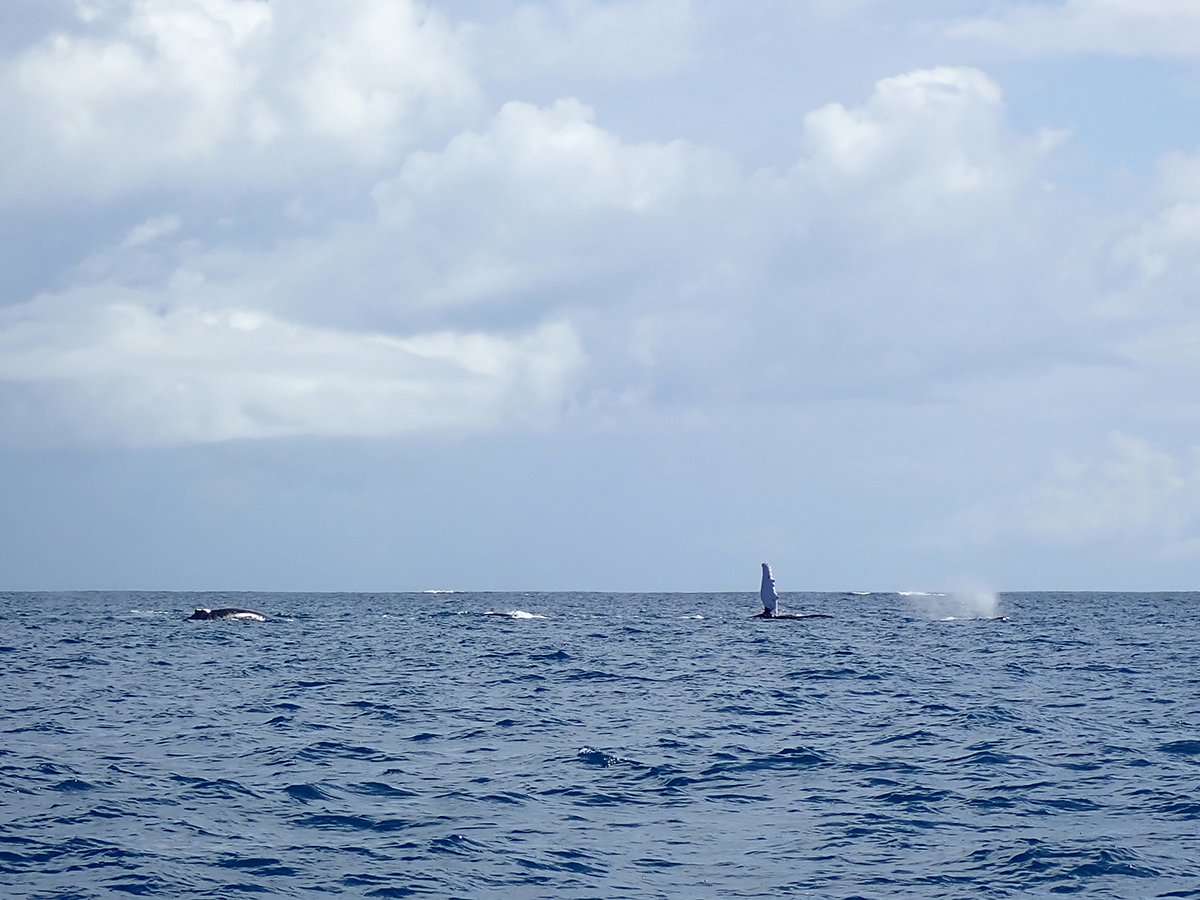
Occasionally we come across a singing whale travelling the bank. If we are lucky, this lonely whale will settle close by and we will drive up and ever so faintly begin to hear high notes vibrating through the hull of the tender. We stop when the sounds get loud and listen carefully. Placing our ears against the gunwale, the sounds of a singing whale become loud and clear. Our captain stops the boat when the song becomes so loud they are certain the whale rests nearby. The scout then enters the water to locate the singing whale. Resting quietly at the surface, the scout listens carefully, sometimes getting just below the waves for an uninterrupted audio sample. The scout swim towards the song and when they feel the base notes begin to vibrate through their bodies they know they are close. Even if the visibility is less than average, as it was on this particular Thursday, a singing whale can be found just by audio alone. At times, the pectoral fins of the singer were barely visible so some guests took the time to lie on their back in the calm seas, stare up at the vast blue sky and let the song carry a sense of tranquility over them.
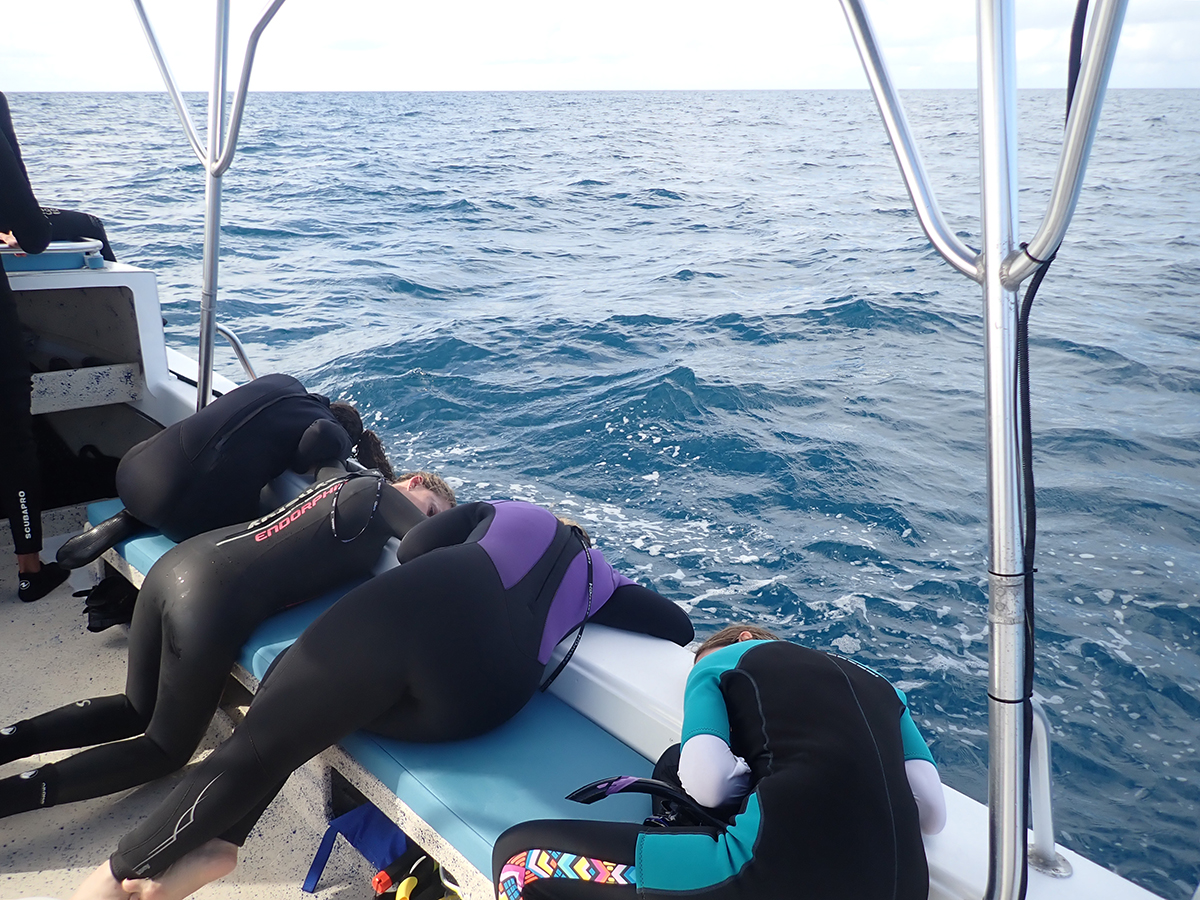
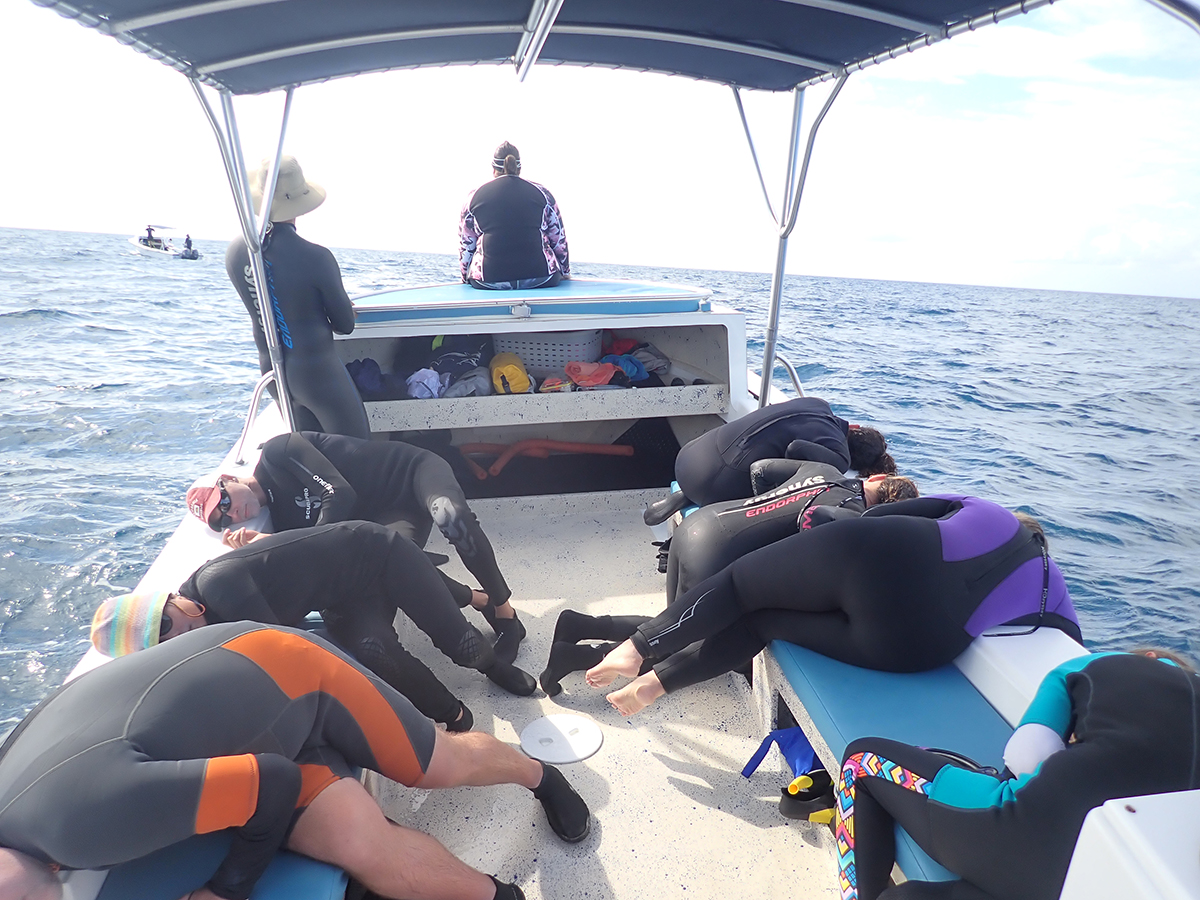
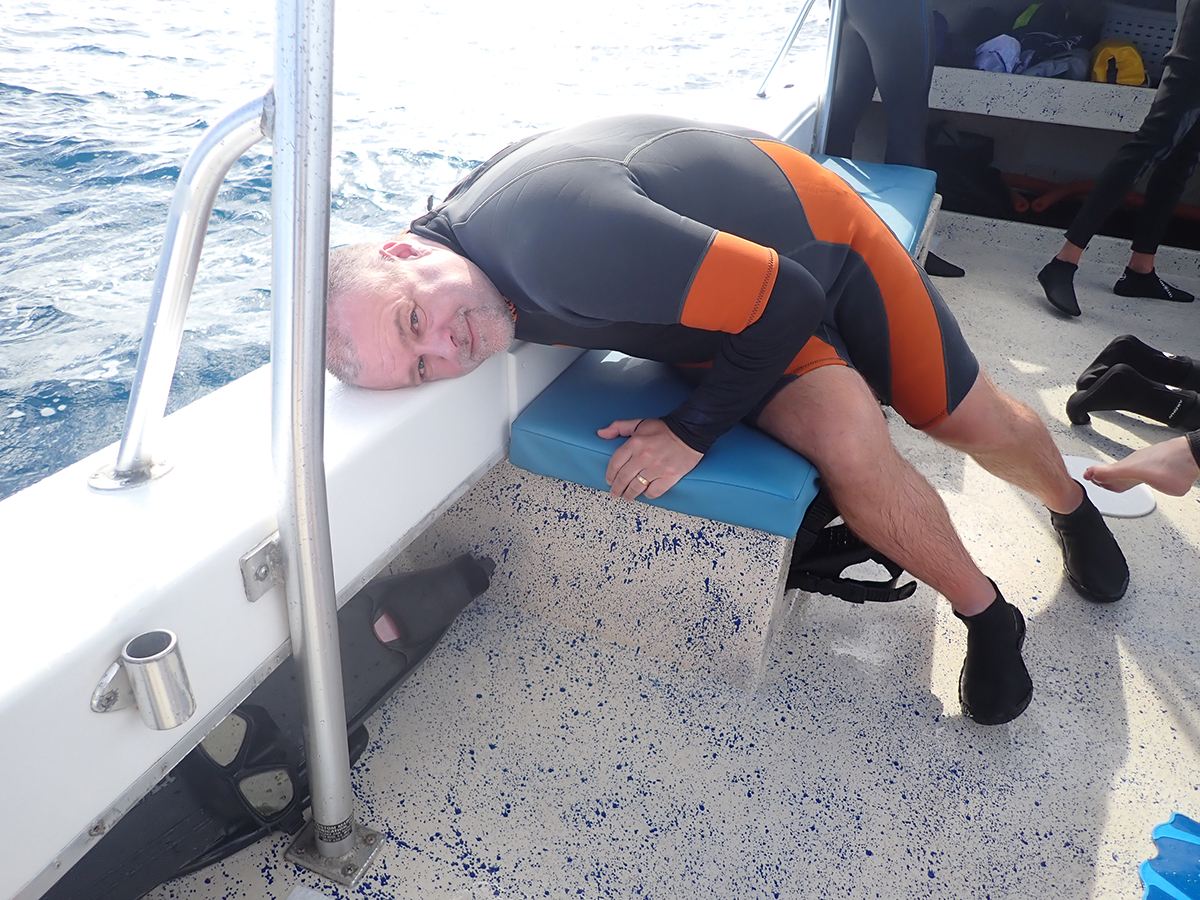
On the last day the seas had flattened, the winds had calmed and guests bathed in the good weather as we watched for whales. The sun is strong in the Dominican Republic so we would like to take this moment to remind visitors to the Silver Bank and all ocean enthusiasts that we recommend bringing reef safe sunscreen, as the traditional brands include Oxybenzone and Octinoxate, ingredients that are hormone disruptors and cause toxicity in coral reefs and organ systems in fish and mammals. Tips for long days of whale watching & whale swimming: Be sun safe and stay hydrated, responsibly!
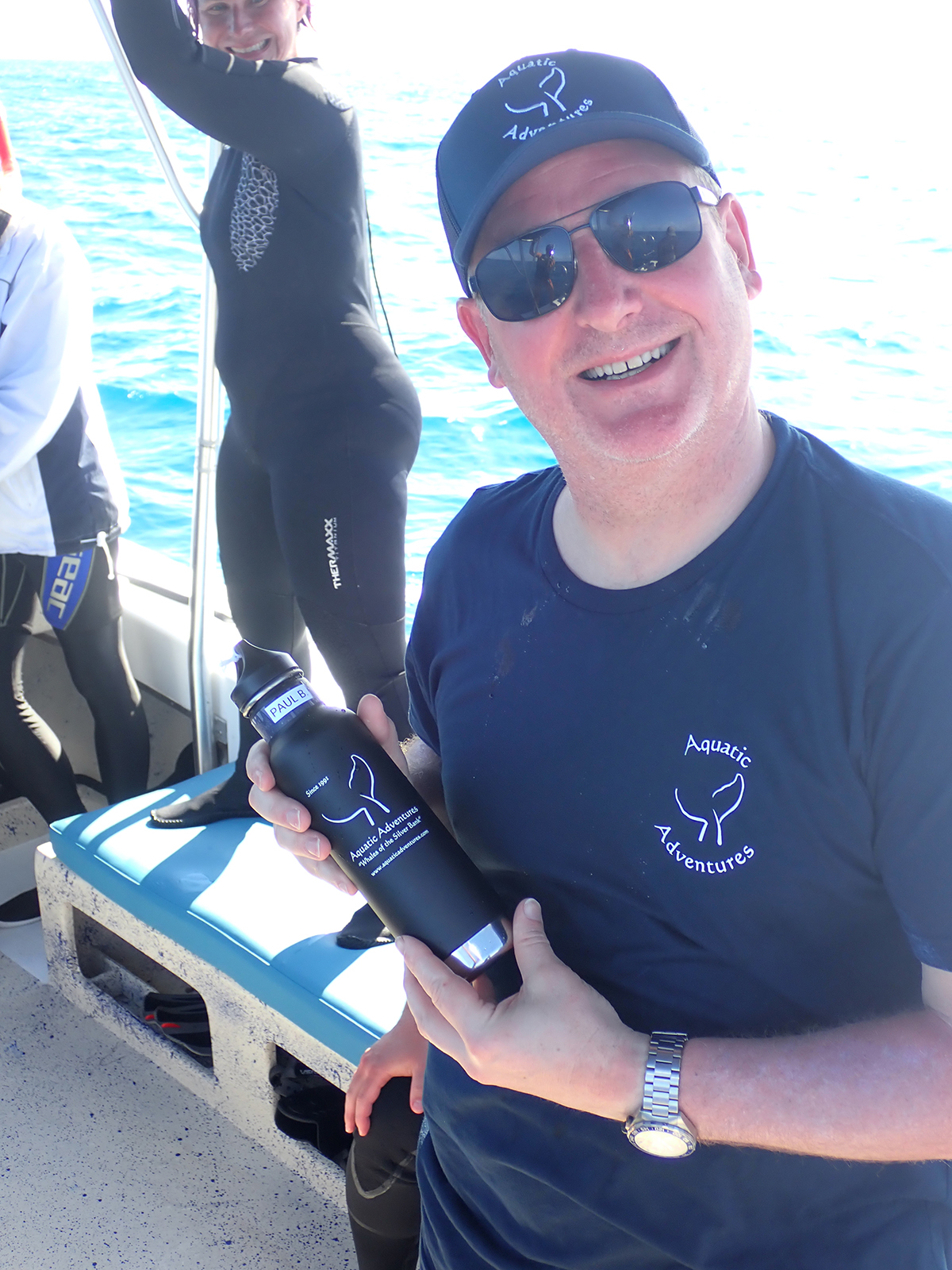
The Aquatic Adventures team hopes that you are as inspired as we are to help sustain the humpback whale population. Through our partnership with the Center for Coastal Studies, we are helping to gain critical information on these charismatic creatures, and to seek ways to protect and preserve them. To find out more about this effort, join their mailing list or to make a donation, large or small, please visit: www.coastalstudies.org/aquaticadventures
We are proud to support SeaLegacy in their efforts to create powerful media to change the narrative around our world’s oceans. Their mission is to inspire the global community to protect our oceans. To learn more about SeaLegacy and help with this important mission, please visit: https://www.sealegacy.org
Thanks to all who have generously donated!
Learn more about Aquatic Adventures here.
Written by: Aquatic Adventures team member Gillian Morin
Edited by: Aquatic Adventures team member Heather Reser
Images: Aquatic Adventures

